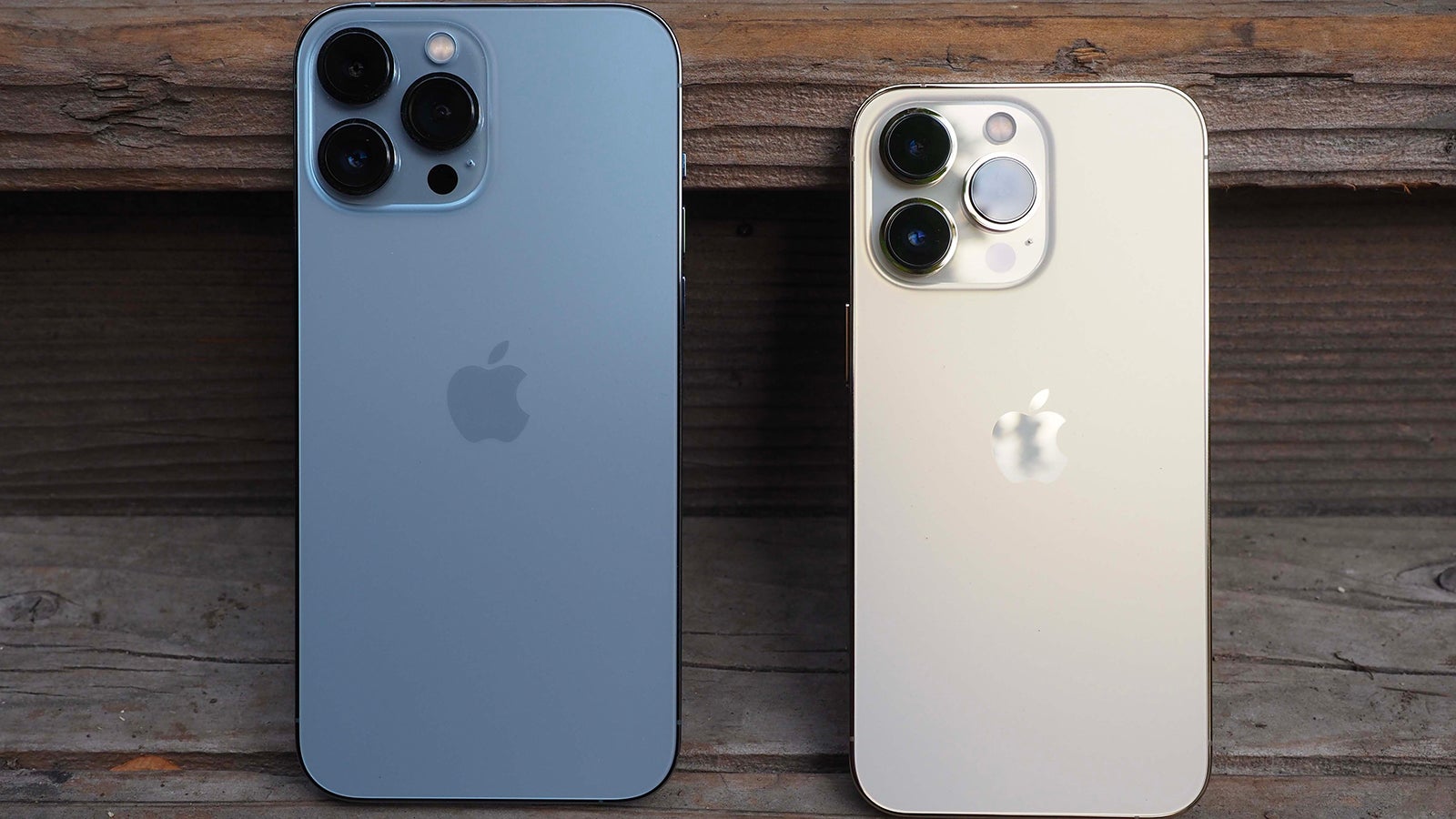Apple is moving its entire line of Macs over to its own custom silicon, Google just launched its first flagship phone with a custom-designed chipset, and Oppo and Microsoft are rumoured to be joining the trend. Why is every company so hell-bent on making their own components? And what does it mean for you?
The component we’re talking about here specifically is typically known as a system on a chip, or SoC. It brings together the Central Processing Unit (CPU), which acts as the main brains of a device, and the Graphics Processing Unit (GPU), which handles visuals. Traditionally, these two are separate, but they’re increasingly being put together on the same bit of circuitry.
These SoCs often also include some kind of dedicated neural network processor for artificial intelligence, which kicks into action whenever some kind of machine learning is required — think voice recognition, instant image analysis, live language translation, or whatever it happens to be.
In the past, a company like Apple, Samsung, or Google would buy these SoCs off another manufacturer, but increasingly, that’s not the case, even though designing and producing these chips is a significant and difficult undertaking. Perhaps the best way to understand why this is happening is to look at the iPhone, which has been running an Apple-made SoC since the very beginning.
Hardware, Meet Software

Apple silicon has been around longer than you might think: The original 2007 iPhone arrived with the custom-made Apple APL0098 SoC installed. While Android manufacturers have typically looked to Qualcomm to supply chips to power their phones, Apple has stuck with its own processors, as seen in the iPhone 13‘s A15 Bionic today.
The short answer as to why this has been a success for Apple, and why other companies are now rushing to follow suit, is the extra control the manufacturer has when they build the components their software runs on. Each part of the SoC can be specifically designed for the device that it’s going into, rather than trying to cater for a whole range of existing and hypothetical pieces of hardware.
A more bespoke approach usually means a better end result — not just in electronics, but in most fields — and that extends to hardware and software, too. Apple knows the software that’s going to be running on the iPhone, and can make tweaks to the underlying components accordingly. This two-way street of optimisation and pooled knowledge ultimately means a more efficient system overall, and that efficiency means faster speeds and a smoother experience for users.
It’s one of the reasons that iPhones are able to keep supporting new versions of iOS year after year (this year’s iOS 15 update will work on the iPhone 6s and iPhone 6s Plus from 2015), because Apple has intimate knowledge of the hardware that it’s rolling out to. It also means that iPhones can lag behind Android phones when it comes to certain specs (installed RAM, battery capacity) while still offering more powerful performance — because Apple designs everything.
There are security benefits to be had with that holistic approach, too, and it means that device owners end up with hardware that’s going to be safer and more secure (as well as impressive on benchmarks). Apple took longer to decide to make its own silicon for the Mac, but the switch seems to be reaping dividends already: The latest MacBooks offer significantly improved performance while also lasting longer on a charge than their Intel predecessors.
The Custom SoC Advantage

At the other end of the spectrum is Google, which is starting its custom SoC journey with the Pixel 6 and the Pixel 6 Pro. It seems clear that one of the areas Google wanted more control is in the AI processing, the neural engine part of the SoC. The new Pixel flagships do a lot of on-device trickery that you won’t be able to find on competing handsets.
The switch to the Tensor SoC rather than something made by Qualcomm is a bit like leaving the group project at school to work on your own. You get a lot more responsibility for the end result, but no one else is holding you back — and no one else needs to be consulted about the various decisions that are being made. You need to be very confident in the internal expertise you have at your disposal, but it seems as though a growing number of companies now are.
Aside from the technical aspects, pulling as much of an operation in-house as possible offers other advantages, from being able to more tightly control how much components and devices cost, to not having to worry about trade secrets when the chipset team meets the software development team. Though it’s worth mentioning that these SoCs aren’t created entirely in isolation — Google has help from Samsung, for example.
The situation is slightly more nuanced when it comes to Google rather than Apple: Google wants other manufacturers to keep on making Android phones, and will want third-party chip makers continue to innovate and flourish for that reason. But we’ve now reached the point where the benefits outweigh the drawbacks, especially if Google wants its Pixel line to stand out against the Galaxy devices and iPhones on the market.
It remains to be seen whether Google’s enthusiasm for making its own chips will extend to Chromebooks and smartwatches in the next few years, but don’t bet against it. This move to more customised components inside phones, laptops and other hardware should mean more powerful and premium devices for customers to choose from — and it’s about to get even more competitive.
